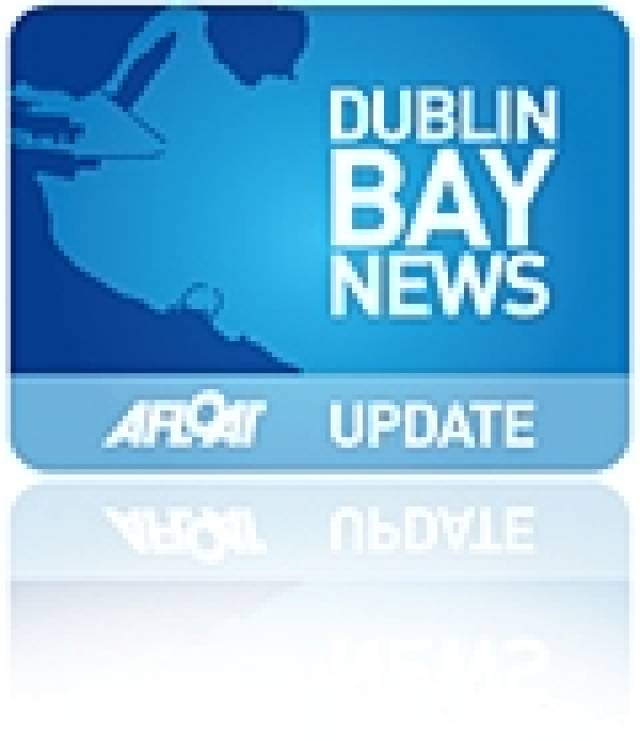#DunLaoghaire - The Irish Sailing Association (ISA) has announced it will formally support the Dun Laoghaire Combined Clubs (DLCC) – Dublin Bay Sailing Club, the Dun Laoghaire Motor Yacht Club, the National YC, the Royal Alfred, the Royal Irish and the Royal St George – with a submission to An Bord Pleanála over the Dun Laoghaire Harbour Company's proposals for a next-generation cruise liner terminal.
The main points of this submission to the planning authority question the impact on future international class sailing events in and around Dun Laoghaire; the "unique nature" of the harbour, including the marina and its enclosed sailing area.
Also of concern to the DLCC are the potential impact on sailing activity and boat movement in the harbour in general; impact on the environment; health and safety issues; and the economic implications for the local sailing and business community.
The announcement comes as local opposition to the cruise terminal plans galvanises, with author Alison Hackett arguing that any potential economic boost to the harbour would be at the cost of its "natural open shape and beauty".

























